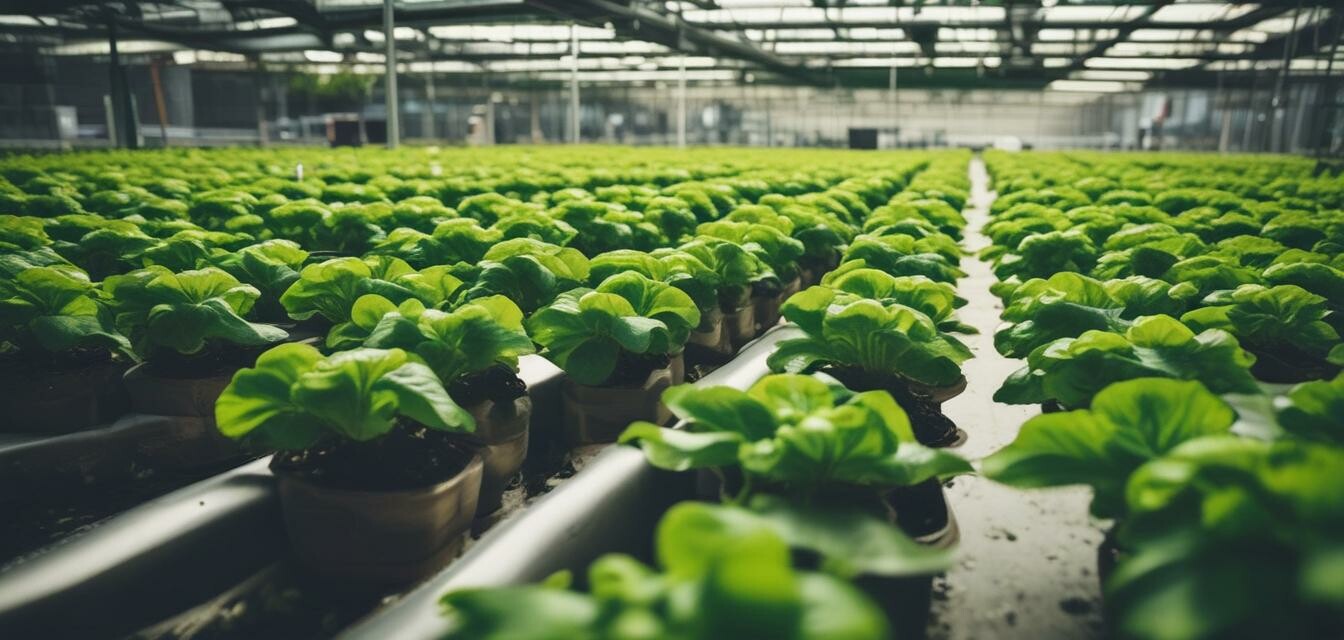
Dealing with Nutrient Burn in Hydroponics
Key Takeaways
- Nutrient burn occurs when plants absorb too much nitrogen, phosphorus, or potassium.
- Signs of nutrient burn include curled leaves, dark edges, and stunted growth.
- Prevent nutrient burn by monitoring nutrient concentrations and adjusting feeding schedules.
- Corrective actions for nutrient burn include flushing the system and reducing nutrient levels.
- Understanding your plants’ needs can help maintain a balanced nutrient solution.
Nutrient burn is a common issue among indoor gardeners using hydroponics. It is characterized by damage to the plant's leaves, which can lead to serious growth problems if not dealt with promptly. In this article, we will explore how to identify nutrient burn, its causes, and effective solutions to keep your plants healthy.
What is nutrient burn?
Nutrient burn occurs when plants receive an excessive amount of nutrients, particularly nitrogen, phosphorus, or potassium. This overload can lead to a variety of symptoms including leaf discoloration, curling, and even plant death if not addressed.
Identifying the signs of nutrient burn
To successfully manage nutrient burn, it is essential to identify the signs early. Here are some common indicators:
- Leaf discoloration: Leaves may turn yellow, or exhibit dark edges.
- Leaf curling: Leaf tips may curl upwards or downwards.
- Stunted growth: Overall plant growth may seem hindered.
- Tip burn: Brown or blackened tips on leaves are a clear indicator.
| Sign | Description |
|---|---|
| Yellowing Leaves | Indicates possible excess nitrogen or other nutrients. |
| Curling Leaves | May occur due to extreme nutrient levels. |
| Brown Tips | Excess nutrients causing tissue damage. |
| Stunted Growth | Plants fail to thrive under high nutrient concentration. |
Causes of nutrient burn
Understanding the causes of nutrient burn is key to preventing it. Here are the most common factors:
- Excessive Feeding: Over-fertilizing plants can easily lead to nutrient burn.
- Poor Water Quality: High levels of certain minerals in water can exacerbate the issue.
- Inadequate Flushing: Failing to flush the system regularly can lead to nutrient buildup.
Preventing nutrient burn
Prevention is always better than cure. Here are effective strategies to avoid nutrient burn:
- Monitor Nutrient Levels: Use a TDS meter to ensure nutrient concentrations are within acceptable ranges.
- Regular Flushing: Flush your hydroponic system periodically to remove excess nutrients.
- Adjust Feeding Schedule: Tailor nutrient delivery according to plant growth stages.
Resolving nutrient burn
If your plants are already exhibiting signs of nutrient burn, take immediate action:
Tips for resolution
- Flush the system: Run clean water through your hydroponics setup to dilute nutrient levels.
- Adjust Nutrient Solution: Reduce the concentration of nutrients in your solution until plants recover.
- Monitor recovery: Keep a close eye on affected plants and adjust care as needed.
Understanding your plants’ nutrient needs
Not all plants require the same nutrients or concentrations. For more information on tailoring nutrient management to specific crops, check out our articles on Nutrient Management and Nutrient and Additive Solutions.
Conclusion
Nutrient burn can be a significant setback for hydroponic growers, but with careful observation and diligent management, it can be effectively resolved. By understanding the signs of nutrient burn and implementing preventative measures, you can ensure healthy growth for your hydroponic plants.
Pros
- Improving plant health through effective nutrient management.
- Understanding symptoms can help in early intervention.
- Adapting feeding schedules maximizes growth potential.
Cons
- Initial learning curve for new hydroponic growers.
- Requires consistent monitoring and adjustments.
- Overcorrection can lead to deficiencies.
